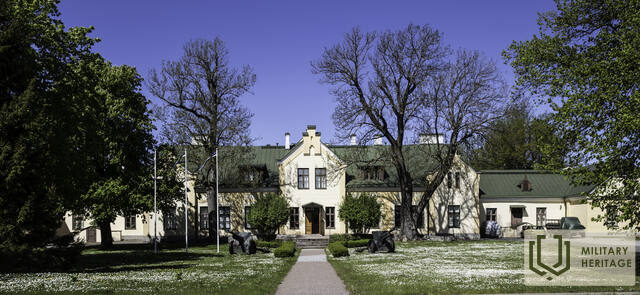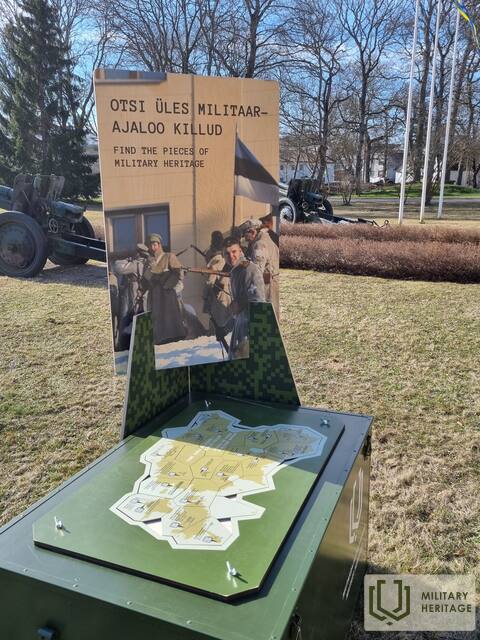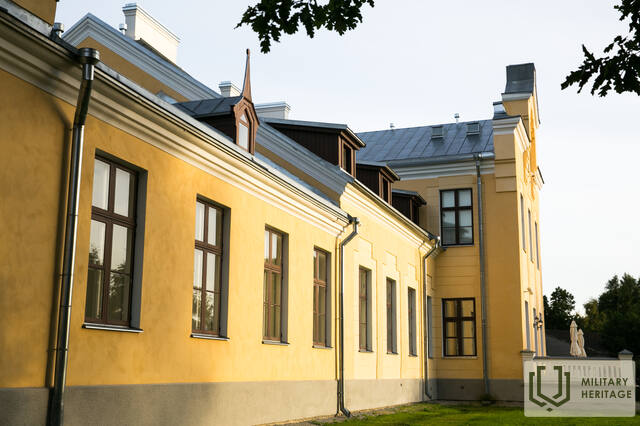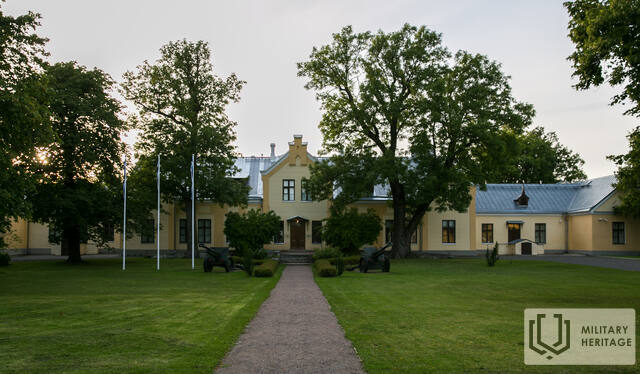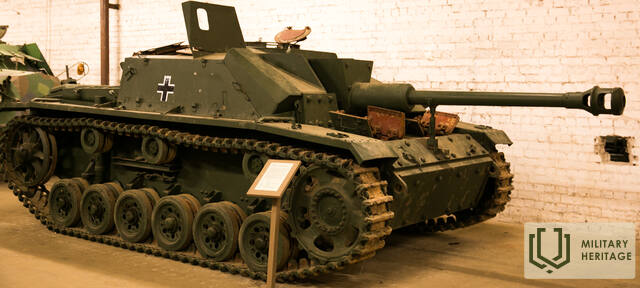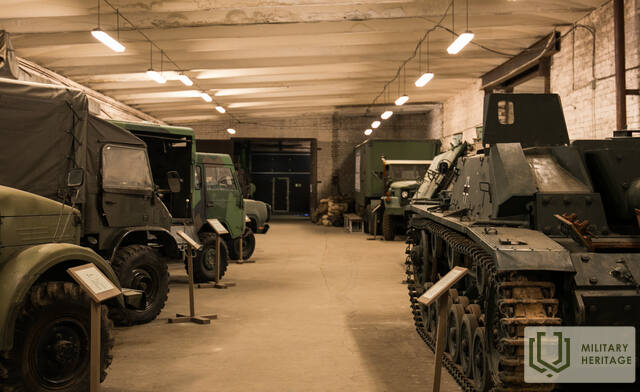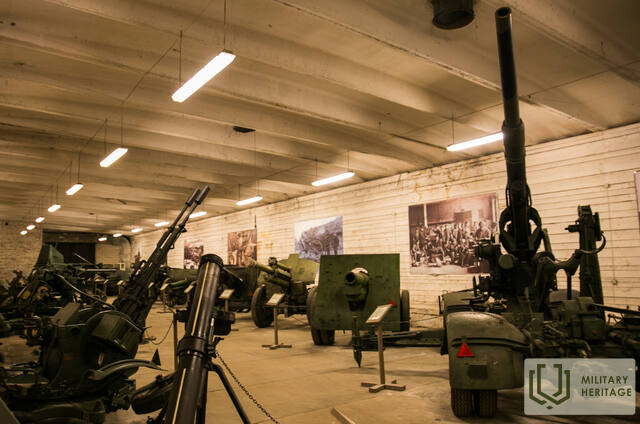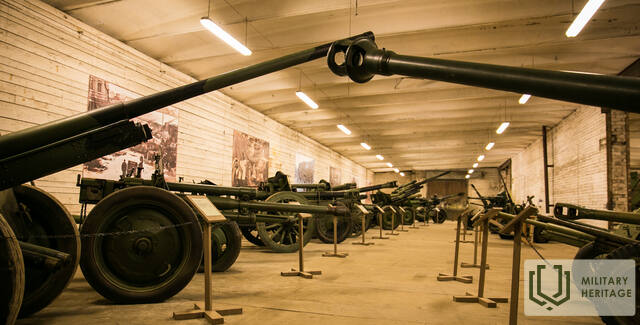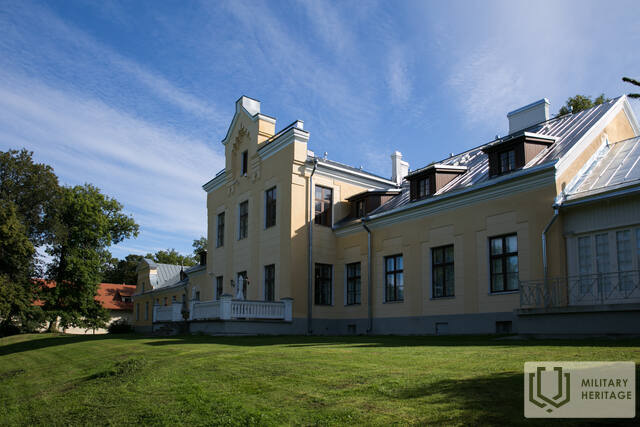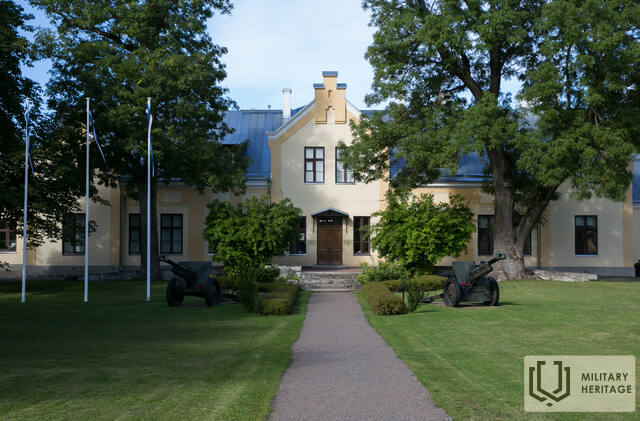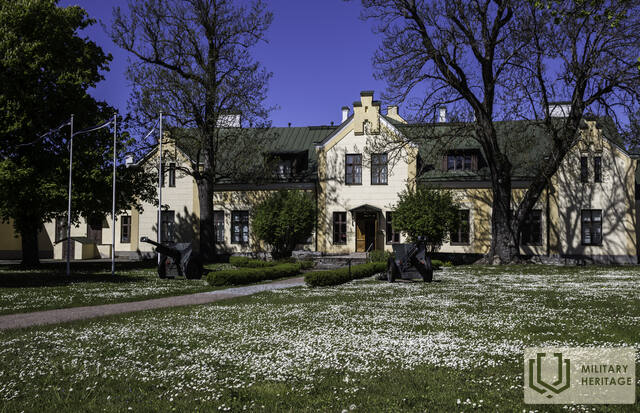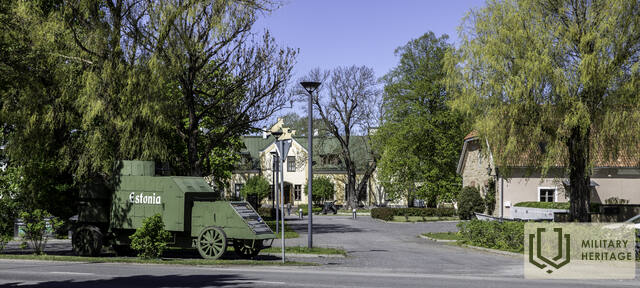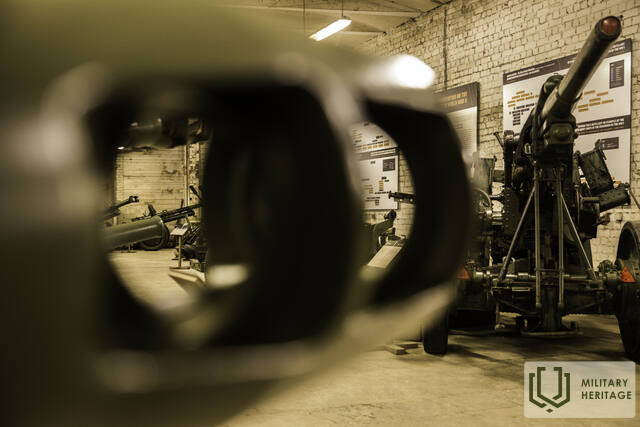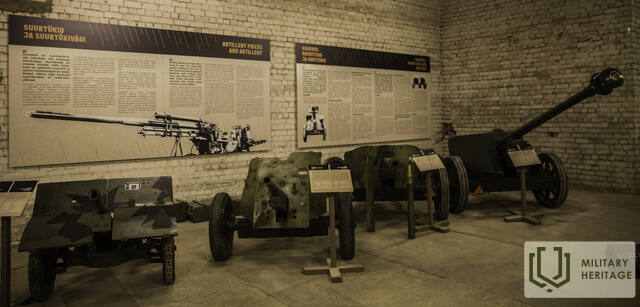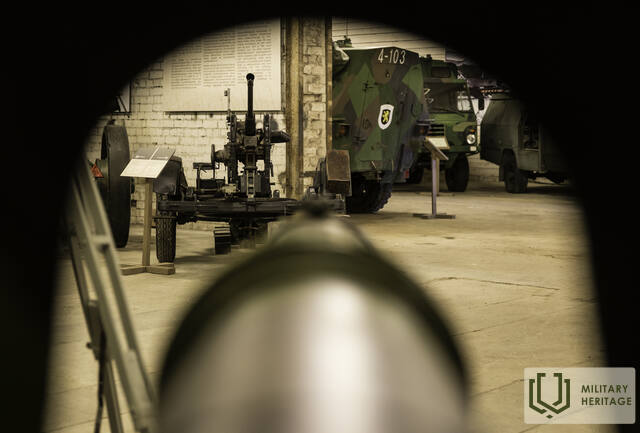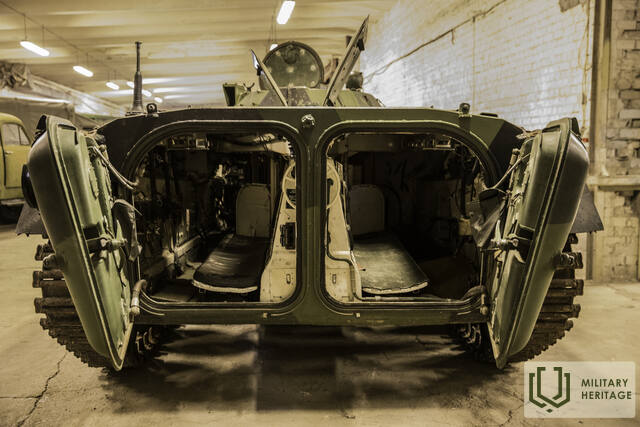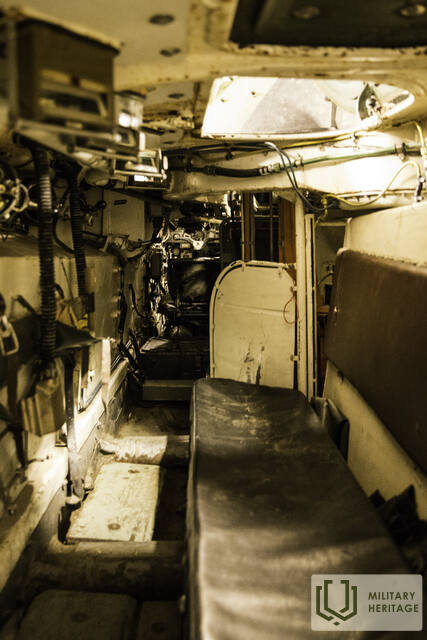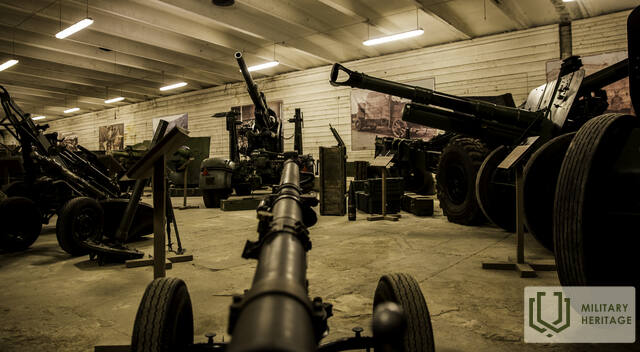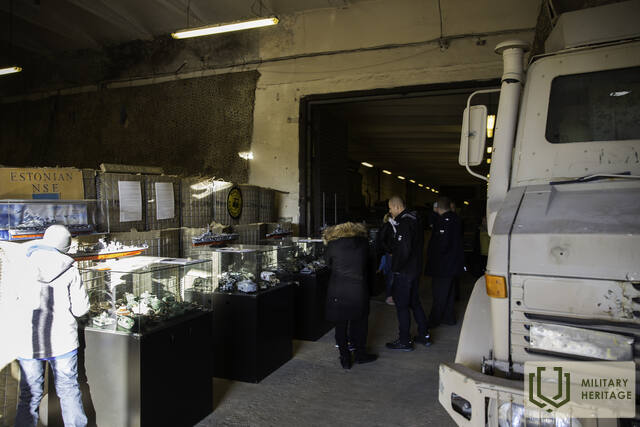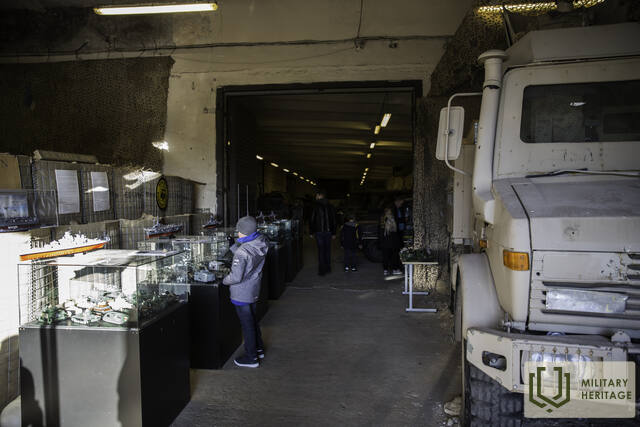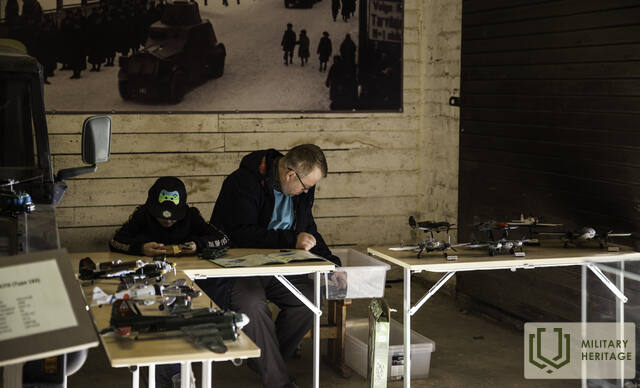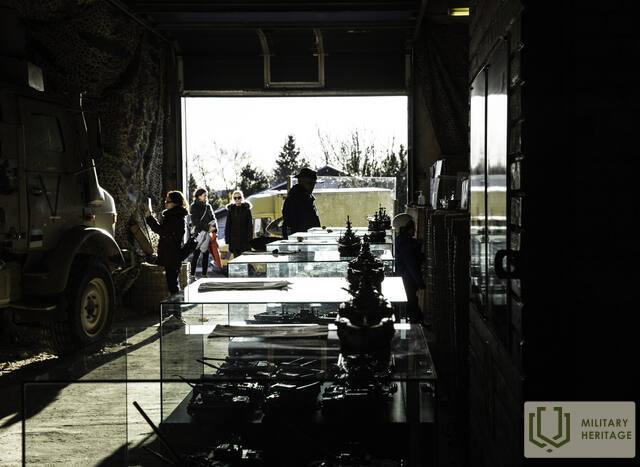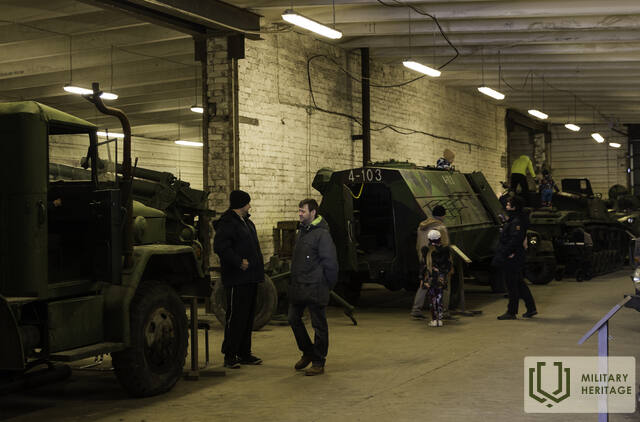Estijos Karo muziejus – generolo Laidonero muziejus
Muziejus

This museum, which has been housed in the mid-19th century historicist Viimsi Manor since 2001, conducts research into and both preserves and displays Estonian military history. Its predecessors were the Estonian War of Liberation Museum (founded on 19 January 1919) and a museum dedicated to General Laidoner established at the manor by decree of Viimsi Municipal Government in 1993. During the Soviet occupation, the manor was used by a naval intelligence unit: after the withdrawal of the Soviet Army, the building was in a dire state. The museum was founded by decree of Minister of Defence Jüri Luik on 26 February 2001. Since then, the museum has operated under the jurisdiction of the Ministry of Defence. Its main exhibition showcases wars fought in Estonia and abroad in which Estonians have participated. Part of the exhibition is dedicated to Commander-in-Chief Johan Laidoner, who owned the manor from 1923-1940. The military equipment hangar near the main building displays a variety of artillery pieces and vehicles.
Panaudoti šaltiniai ir literatūra:
https://esm.ee/muuseumist/tutvustus
Edukacinės programos
Kariniai modeliai
Raštai yra karybos dalis. Jau senovės kariai dengdavo savo veidus ir kūnus karo piešiniais, kurie įskiepijo jiems stiprybę ir drąsą. Šiandien maskuojamojo rašto uniforma padeda šiuolaikiniam kareiviui pasislėpti nuo priešo. Karinės paradinės uniformos ir ginklai turi gražius raštus, kurie pabrėžia iškilmingumą ir kt. Šio žaidimo metu žaidėjai ieško raštų ir formų karo muziejaus ekspozicijoje. Jų galima rasti visur – ant žemėlapių, sienų, ginklų, uniformų kubelių. Žaidėjai suskirstomi į 3–4 narių komandas ir privalo apžiūrėti visas muziejaus ekspozicijas. Atsakius į paskutinį klausimą, grįžtama į žaidimo pradinį tašką, po kurio teisingi atsakymai peržiūrimi ir aptariami su žaidimo vadovu.
Estija ir Šaltasis karas. Vaidmenų žaidimas
Edukacinėje programoje nagrinėjama padėtis Estijoje po Antrojo pasaulinio karo iki Šaltojo karo pabaigos, kai žlugo SSRS. Dirbtuvėse mokiniai sužinos, kaip Estijoje vyko pasipriešinimas po Antrojo pasaulinio karo. Aptarsime, ar ir kaip, nepaisant okupacijos ir represijų, Estijos teritorijoje įsikūrusių sovietinių karinių bazių ir nepriklausomybės pastangų slopinimo, žmonėse išliko svajonė apie laisvą šalį ir tapo įmanoma atkurti Estijos nepriklausomybę. Programa vyksta situacinio žaidimo forma, kuriame dalyvių užduotis – pasirinkti veikėją ir išanalizuoti jo pasirinkimus bei galimybes ginti Estijos laisvę Šaltojo karo laikotarpiu, tiek čia, tiek už „geležinės uždangos“.
Ženklelių gamybos dirbtuvės
Nuo senų laikų kariai pelnydavo garbę ir šlovę už savo drąsą ir sumanumą, o už didvyriškumą gaudavo ordinus. Šiose dirbtuvėse kartu su vaikais apžiūrėsime, kokie ordinai yra karo muziejuje, ir trumpai pristatysime ordinų istoriją. Galiausiai visi pasigamins nuostabų ordiną.
Karo muziejaus atradimas su Jänku-Jussu
Ekskursija po muziejų mažiesiems.
Seminaras apie kardo istoriją
Dirbtuvėse kalbėsime apie kardus – iš ko buvo gaminami pirmieji kardai, ką kardo nešiojimas reiškė kariui praeityje ir ką jis reiškia šiandien. Vaikai galės apžiūrėti, kokie kardai yra karo muziejuje, ir sužinoti, iš kokių dalių jie pagaminti. Dirbtuvių metu vaikai gamina popierinius kardus, dekoruodami juos pagal savo vaizduotę.




